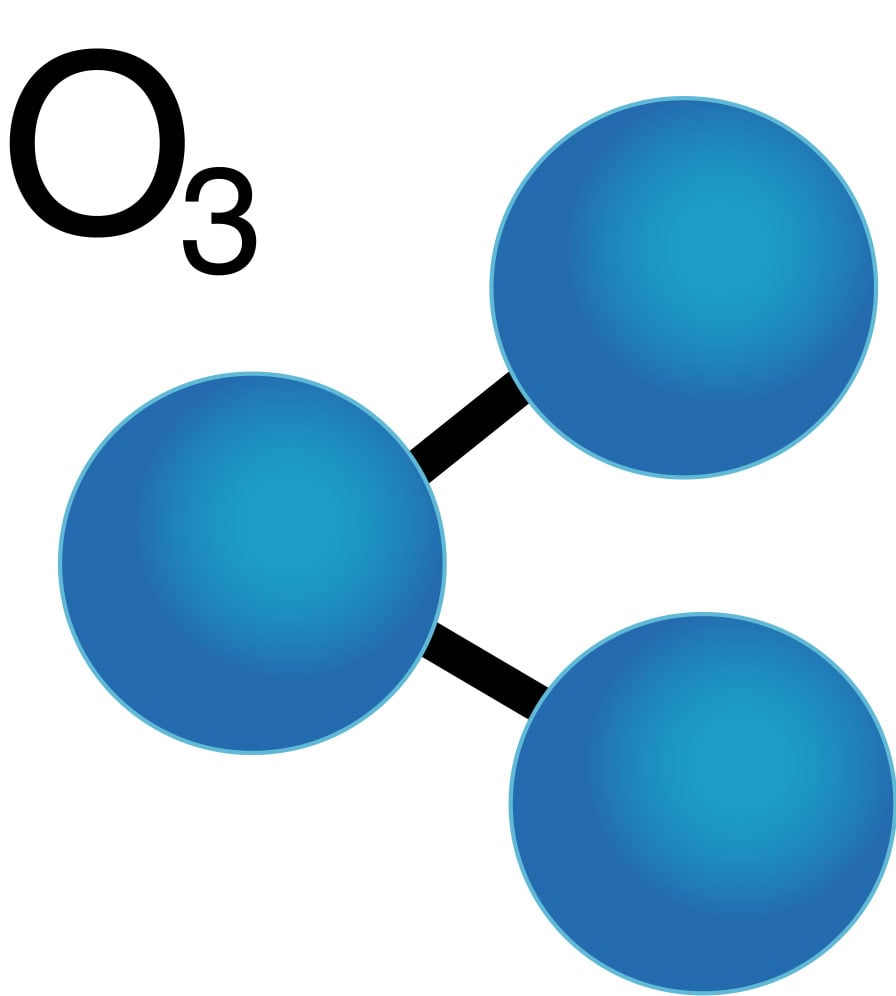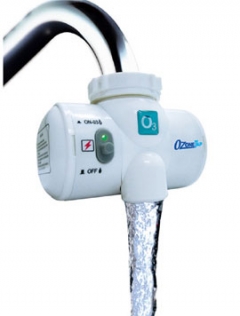Point of Use Ozone and How to Use It




Ozonation is a process used for disinfecting water. It is a common water treatment method used to replace chlorination for a variety of different purposes.
Ozone is a chemical compound with three oxygen atoms bound together. The molecule has a strong negative charge. In a solution over-saturated with positively charged particles such as Calcium, Sodium, Sulfur, Iron, and Manganese, the ozone will oxidize its surroundings.
The result of these bonds are reduced compounds that are no longer soluble in the water. Inactive particles, including unwanted odors and tastes in water are then no longer a threat to your water quality.


Different Shapes and Sizes:
Point of use Ozone filters can be attached directly to the sink faucet for easy vegetable and meat cleaning. Fill a pitcher or large container with ozonated water and leave for 20 minutes to allow for best disinfection results. These systems come with an on and off switch for the ozone feature to be able to control when or when not to treat your water.
Other ozone treatments can be designed for an entire room. The Ozone 500-i has an attached hose that can be directly placed into a container of water, for vegetable and meat cleaning as explained above.
This system has an extra feature with a Negative Ion Generator that will treat your air with ozone as well. Check back on the CWS blog next week for more detailed posts on our very new CWS, original product!
Recent Posts
Water Quality for Horses and Livestock: A Guide to Healthier Barns and Pastures
Clean water is the cornerstone of animal health and productivity. Whether you're raising horses, cattle,…
Clean Drinking Water for Cats: What Every Cat Owner Should Know
Why Clean Drinking Water Matters for Cats Hydration is critical to a cat’s overall health,…
Pet Hydration: What to Know About Water Safety
Clean Drinking Water for Dogs: What Every Dog Owner Should Know Clean drinking water is…
How to Ensure Fresh, Safe Water for Your Birds: Daily Care Tips for Bird Owners
Why Filtered Water for Birds Is Essential for Their Health Like food, clean drinking water…
U.S. Water Problems by Region: Common Contaminants & Solutions
Curious about U.S. water problems by region? Water quality isn’t just a national issue—it’s a…
Wildfire Water Contamination: How to Ensure Safe Water After a Fire
Wildfire Water Contamination: What You Need to Know After the Fires Drinking water contamination is…

